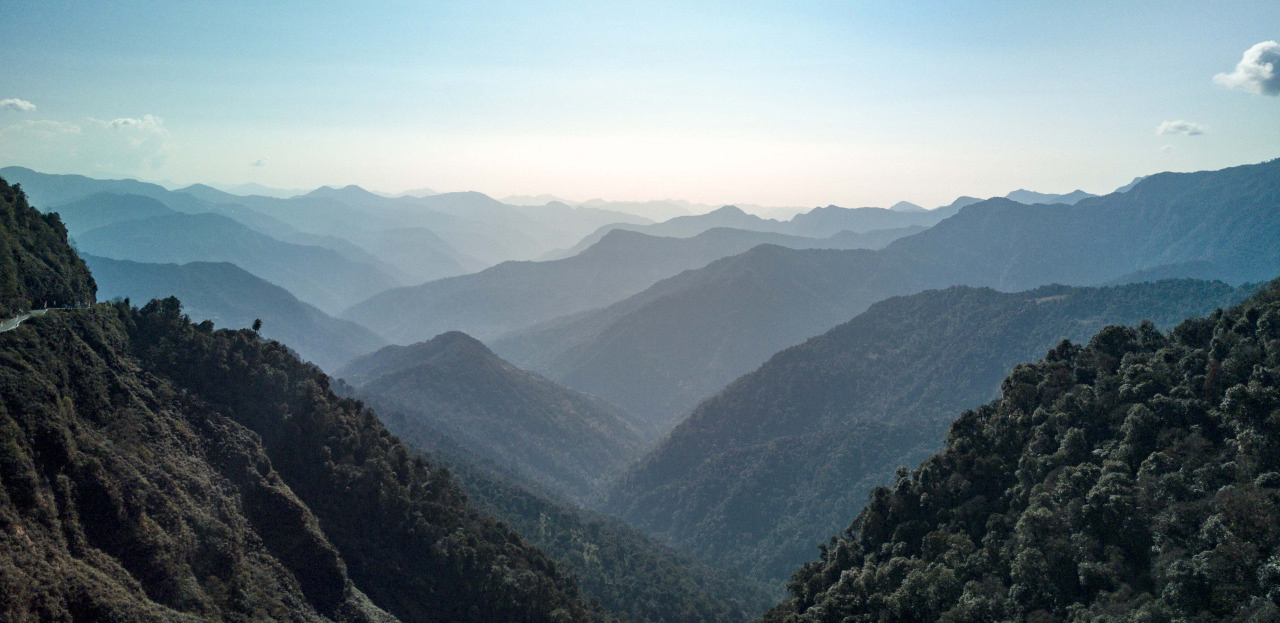We got up to enjoy a rather spartan breakfast, and Chris got his cat fix as three curious kittens joined us for the morning snack. Afterward, we headed to the airport for our flight to Abu Simbel. A quick 35-minute flight beat the tedious four-hour bus ride.

Instead of rushing through the visit, we decided to stay overnight at Abu Simbel, giving us the chance to explore the temples bathed in the warm afternoon light and catch the breathtaking sunrise the next morning.
After a smooth and punctual flight from Aswan to Abu Simbel, we arrived and checked into our hotel, The Tuya, which is just a short walk from the temples. It’s a charming little hotel with clean rooms and a lovely garden. Upon arrival, we were welcomed with a refreshing drink that turned out to be Hibiscus juice – Esther’s new favorite! Since we were the only guests, checking in early was no problem. At noon, our guide, Mohammed (who we had arranged the night before), met us at the reception. (Interestingly, 99% of the men here seem to be named Mohammed, Ahmad, or Mahmud)
We set out after a little lunch to experience the famed temples of Abu Simbel. Expecting bus loads full of day tripper tourists from Aswan, we were surprised to see that after 1 pm not many people were here at all. The big busses had already left and so we nearly had the place to ourselves.

As we walked a few hundred meters around an artificial mountain, we were suddenly face-to-face with an awe-inspiring temple facade. Four colossal statues of Ramses II, each over 20 meters high, stared straight ahead, framing the entrance to the temple.

To the right stood a smaller temple dedicated by Ramses II to his favorite wife, Nefertari.

What’s truly remarkable, though, is that this is not the original location of the temples. Originally built into the mountainside along the banks of the Nile, they had to be relocated in the 1960s when Egypt decided to construct the massive Aswan Dam. The creation of Lake Nasser, a 500 km-long reservoir, threatened to submerge both temples. Over the course of five years, as the dam was being built, the temples were carefully disassembled into large stone blocks and moved—piece by piece—65 meters higher and 250 meters further back.

Instead of being inserted into an existing mountain, they were built up and an artificial mountain was then built around them again mimicking the original set up as closely as possible.
It was late afternoon and hardly anyone was there. Seems that the conflicts in the Middle East are affecting tourism in Egypt as well. We had free reign and could stroll between the two temples unhindered. We had taken a local guide to explain the history and back stories. After two hours he left us to explore on our own.




We had planned on visiting at sunrise again, and so we walked back to the Tuya hotel and had a simple but good tasting dinner there. We slept early as we were planning to get up early too.




